A first look at Serpentine Pavilion 2024: ‘It really is an archipelago’
The Serpentine Pavilion 2024 opens its doors and we catch up with its architect, Minsuk Cho of Mass Studies, to talk about the design’s origins, concept and future travels
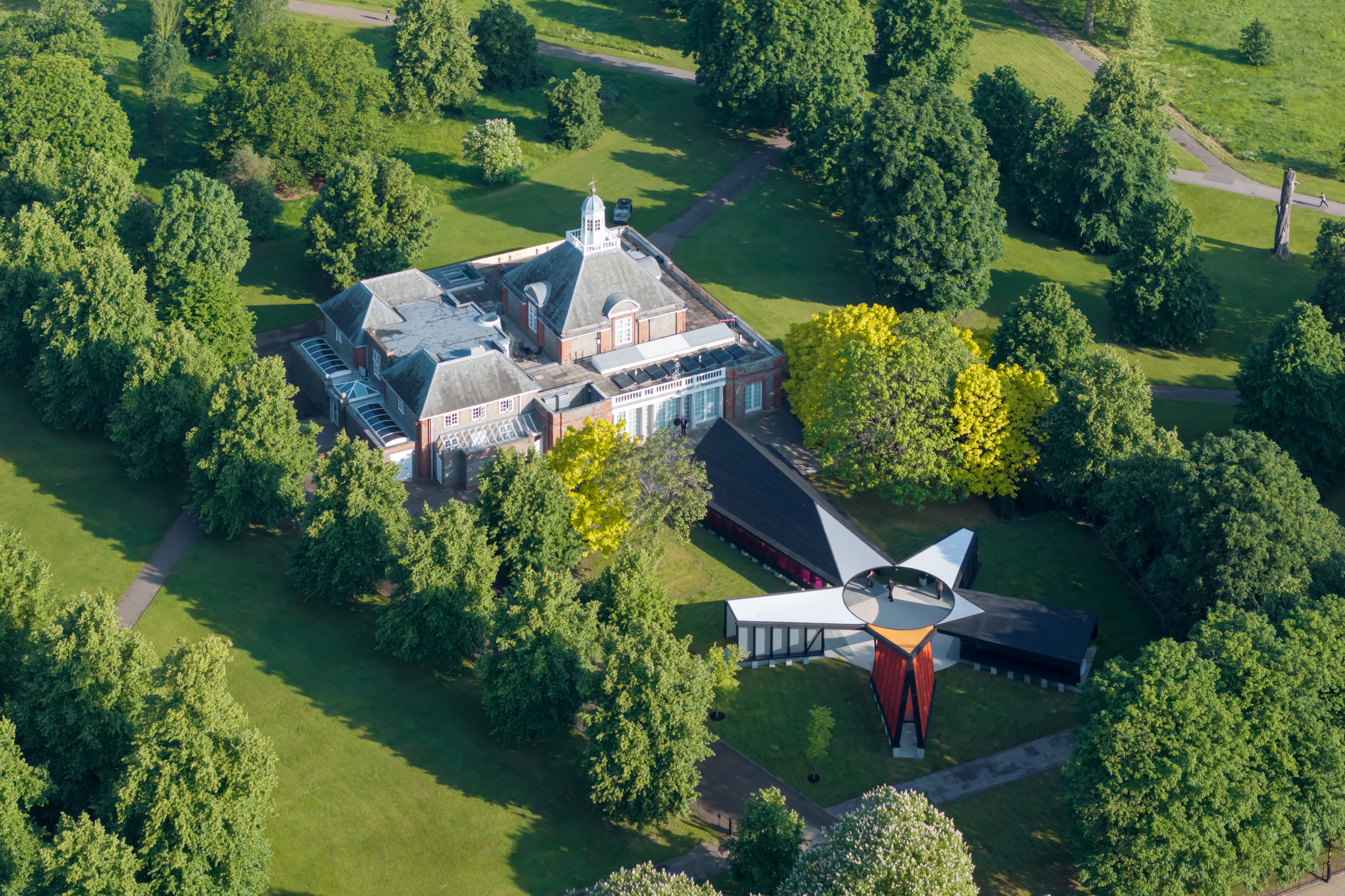
The Serpentine Pavilion 2024 is titled ‘Archipelagic Void’ – a name that perhaps at first glance does not instantly bring a park installation to mind. Yet, as its author, Korean architect Minsuk Cho, the principal of Seoul studio Mass Studies, explains, it's a particularly purposeful description. The term ‘archipelago‘ is used ‘to bring together an amalgamation of cultures, and from it, something completely unexpected comes out’, says Cho. ‘It's not hybridisation. It's a great model for our globalised era.’
Now completed in London's Kensington Gardens, the large-scale installation is about to open to the public (accessible from 7 June 2024). This is the 23rd pavilion in the Serpentine Galleries' much-loved series. As always, it will be accompanied by a curated season of events, such as a newly commissioned soundscape by composer Jang Young-Gyu; The Library of Unread Books, a piece by artist Heman Chong and archivist Renée Staal; and a series of performances and talks. It's all part of a carefully composed, rich programme of concepts and activities, with Cho's architectural pavilion design at its heart.
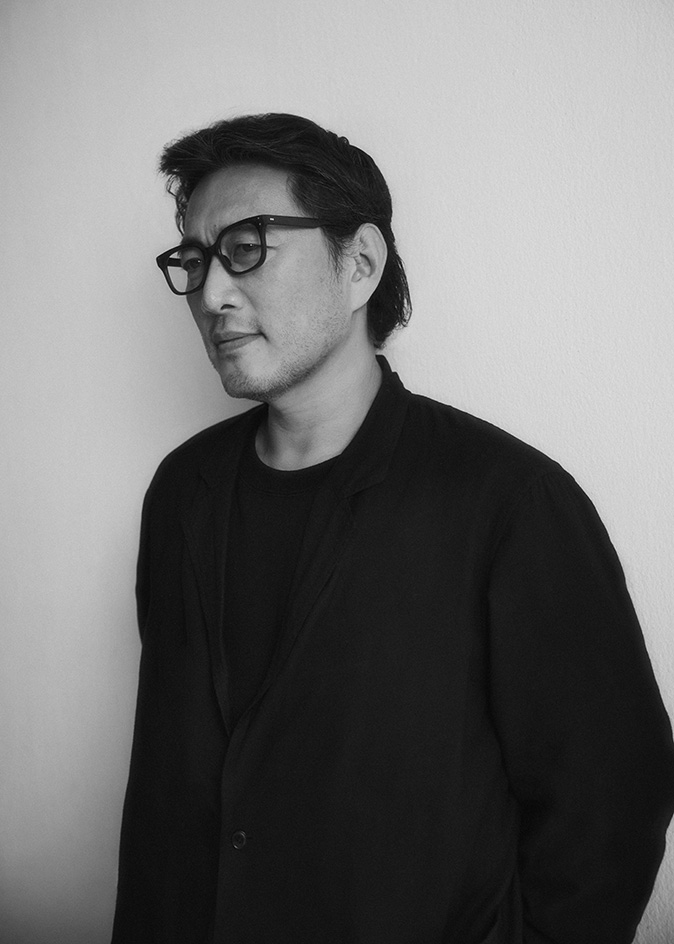
Minsuk Cho of Mass Studies
Serpentine Pavilion 2024: utopian and meditative
At the core of Cho’s concept sits the idea of ‘bridging’ or combining, putting things (physical elements, cultural ideas) together. ‘In Korea, and perhaps other Asian cultures, the idea of the pavilion is about a simple, often wooden structure, placed among amazing surroundings, and its role is to be a humble, private, meditative space. It is more about observing,' he explains. ‘In the West, the pavilion is often seen as a folly, something otherworldly and almost utopian.’
His (self-imposed) task, realised through the 2024 Serpentine Pavilion commission, was to mix these two ideas of what a pavilion can be and surround them with different functions, creating a menu of activities for the visitor, as well as the option to flexibly adapt the space to potential new uses. This thinking led to a structure consisting of five 'islands' – they form the project's ‘archipelago’ – a concept also manifested in the idea of bringing the two different interpretations of a pavilion into a single piece.

'The word “archipelago” came from a book Hans [Ulrich Obrist, the Serpentine Galleries’ artistic director] was making with Édouard Glissant [The Archipelago Conversations]. They coined the [use of] “archipelago” as a way to generate this cultural diversity,’ Cho recalls, talking about what inspired the pavilion's name.
'I wasn’t thinking about it as [an archipelago] as I was initially designing it, but two days before submitting the proposal, I came across the book and thought, that’s exactly what we’ve been doing!'

Serpentine Pavilion 2024 designed by Minsuk Cho, Mass Studies. Design render, view of void from the Gallery and Play Tower
The Archipelagic Void’s five ‘islands’
An open-air area in the middle of the structure offers space for contemplation in the shape of a circular 'void' that nods to the madang, a small, flexible courtyard found in old Korean houses and used for anything from household chores to family celebrations and ceremonies. The broken-down volume of this year's pavilion was also informed by its surroundings and temporary nature, and was conceived to help it blend with its leafy, low-rise context.
Receive our daily digest of inspiration, escapism and design stories from around the world direct to your inbox.
Each of the 'islands' is designed to have its own function and purpose. The 'Gallery' is a welcoming main entry, 'extending Serpentine South’s curatorial activities outside'. The 'Auditorium' becomes an informal, gathering area for events and impromptu meetings. The 'Library' is one of the smallest areas and offers 'a moment of pause'. The 'Tea House' references Serpentine South's historical role as a tea pavilion. And the 'Play Tower' is the home of a multifunctional, netted structure for kids (and adults) to play in.
Cho worked on his pavilion's floor plan vigorously. 'Looking at the previous pavilions, 22 before us, each brought a different way [for the public] to be in a generous space of different shapes. I am an architect and think in floor plans. In my practice, I have designed pavilions in the past, so we thought, what about we empty the place we use together the most, and we create an 8m void there instead?' he explains.
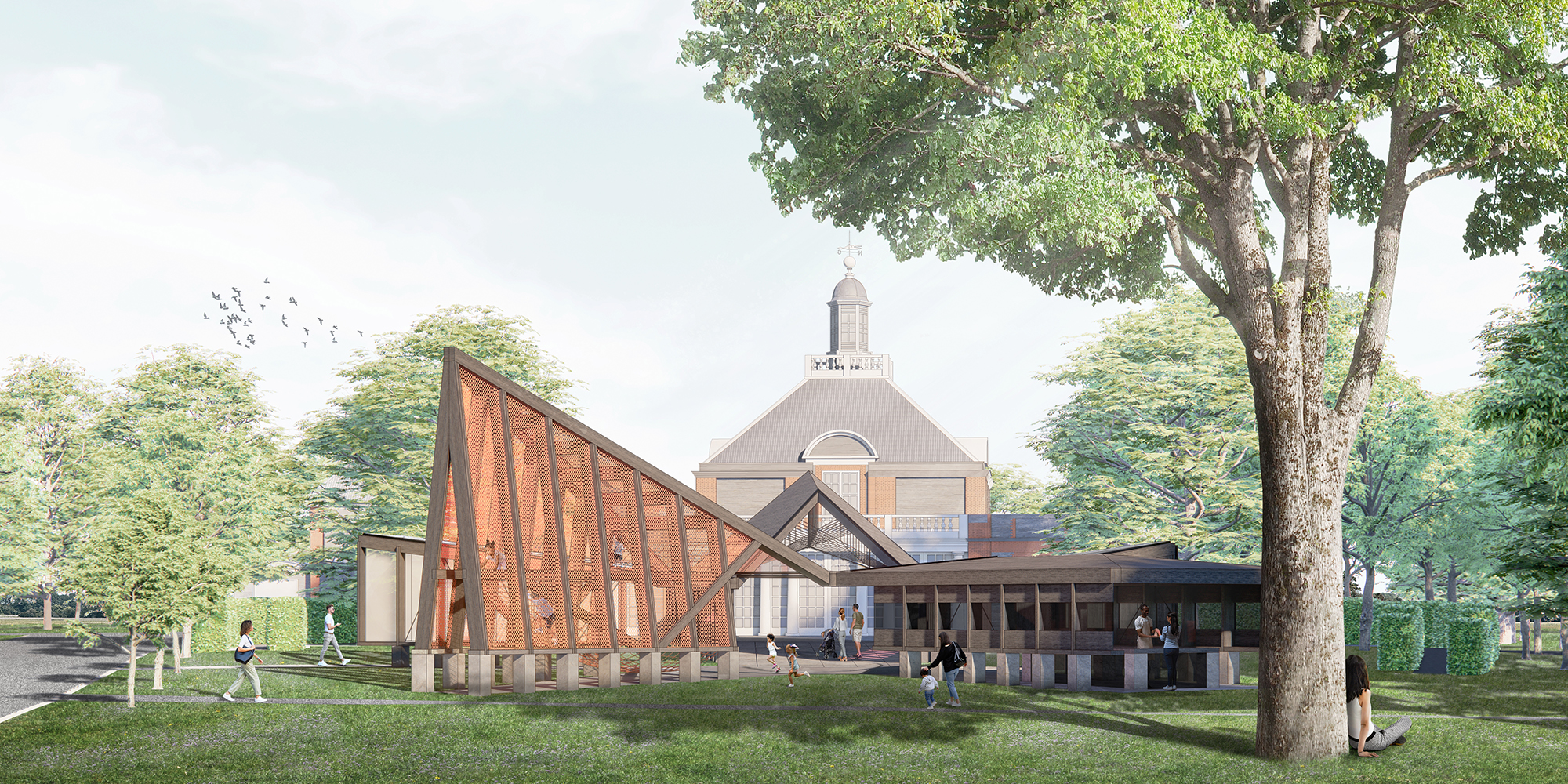
Serpentine Pavilion 2024 designed by Minsuk Cho, Mass Studies. Design render, exterior view
'We looked at ways of bringing people together. It's about being generous and offering choices. So there are these different experiences around it and this empty space in the middle – the most flexible space, it can be whatever you want. Like a Korean madang.'
An additional bonus of the loosely star-shaped layout of the pavilion is that it creates a variety of outdoor areas in-between the irregularly shaped, built sections – more open-ended public space for visitors and users to make their own.
The result is a structure placed on a concrete base that not only negotiates the site's slope with flair (supporting the pavilion's upper level, it becomes a bench, a perch or a table at different parts of the building's body); it also connects to the existing concrete foundations on site, ensuring it reuses what's there and no significant new groundwork was needed.
The top is made of timber (Douglas fir, sourced locally) and recyclable PVC panels that add playful translucency and a punch of colour. Keeping things environmentally friendly was important to Cho and his practice. The material selection also makes the whole soft and tactile – another important quality for the team.
Adding to its sustainable architecture credentials, the structure can also be disassembled to travel in future. Its five sections' relatively simple, modular nature means they can be reconnected in a variety of ways. The architect adds: 'We calculated that taking down the elements that make the pavilion and reconnecting them in different configurations offers the possibility of creating, upon reassemblage, 180 new, different pavilions.'
There’s something poetic about his thinking – a bridging of cultures, a coming together – matched with efficiency and careful spatial planning that makes the most of the brief and maximises it. Combining invention and discovery, East and West, the 2024 Serpentine Pavilion is about to open.
The Serpentine Pavilion 2024 will be open to the public 7 June – 27 October 2024
Ellie Stathaki is the Architecture & Environment Director at Wallpaper*. She trained as an architect at the Aristotle University of Thessaloniki in Greece and studied architectural history at the Bartlett in London. Now an established journalist, she has been a member of the Wallpaper* team since 2006, visiting buildings across the globe and interviewing leading architects such as Tadao Ando and Rem Koolhaas. Ellie has also taken part in judging panels, moderated events, curated shows and contributed in books, such as The Contemporary House (Thames & Hudson, 2018), Glenn Sestig Architecture Diary (2020) and House London (2022).
-
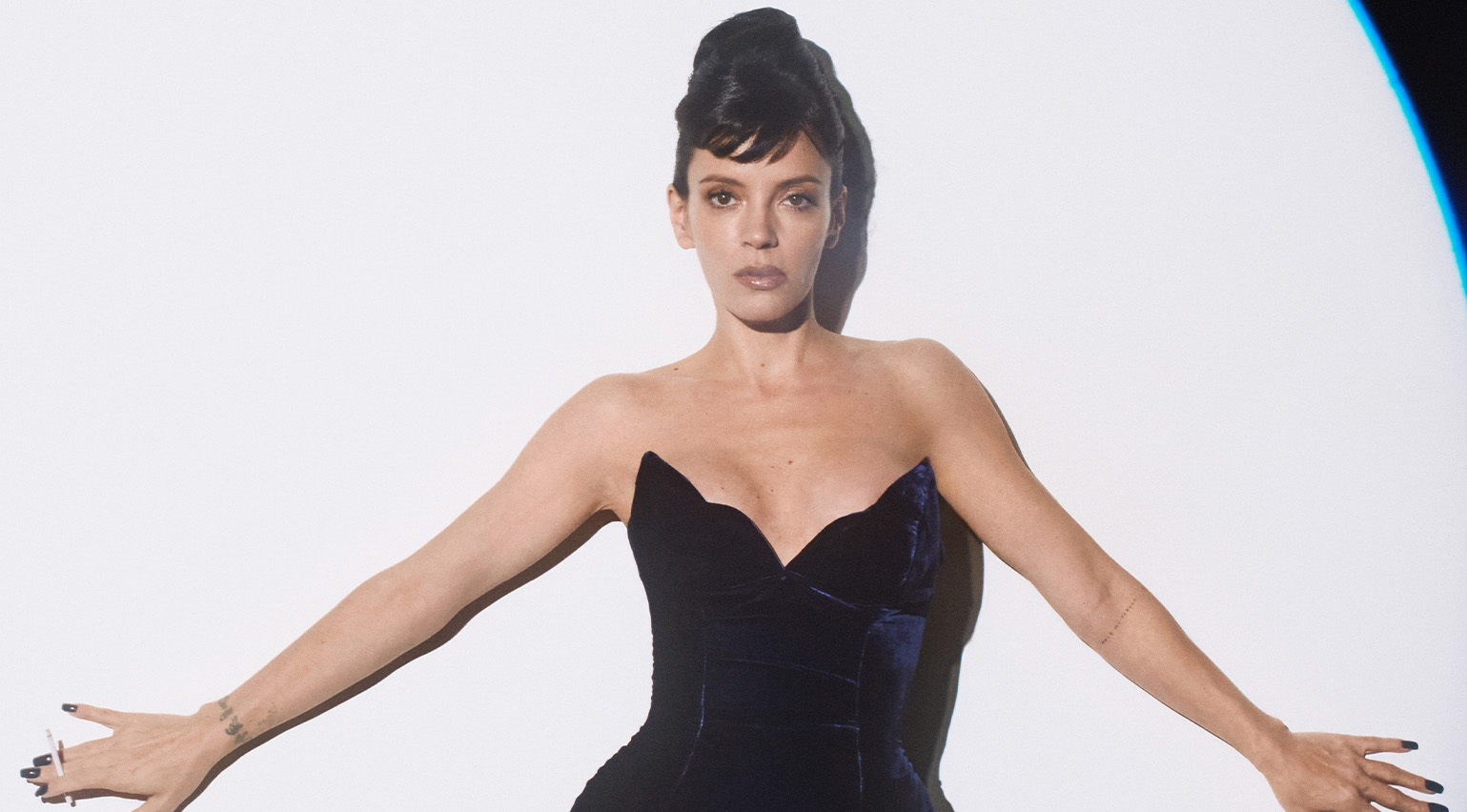 ‘Architect of glamour’ Antony Price makes a high-voltage return to the runway with 16Arlington
‘Architect of glamour’ Antony Price makes a high-voltage return to the runway with 16ArlingtonFeaturing a runway debut from Lily Allen, the show saw legendary designer Antony Price – best known for outfitting Roxy Music in the 1980s – unite with 16Arlington’s Marco Capaldo on the sensual after-dark collection
-
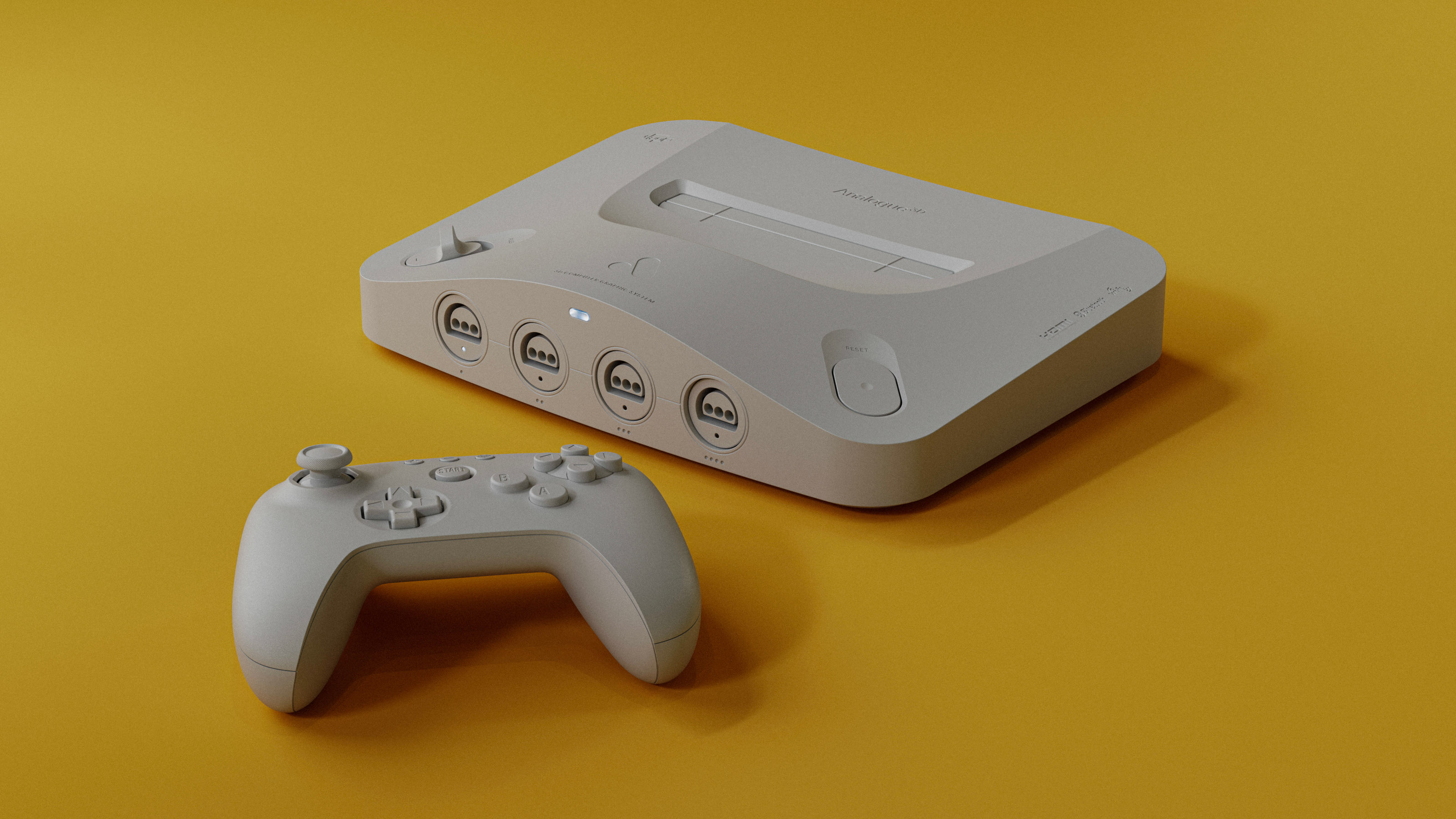 Step back in time with the newly released Analogue 3D gaming console
Step back in time with the newly released Analogue 3D gaming consoleLovers of the Nintendo N64’s pixel-perfect gameplay can now indulge their favourite console classics thanks to masterful hardware of the new Analogue 3D
-
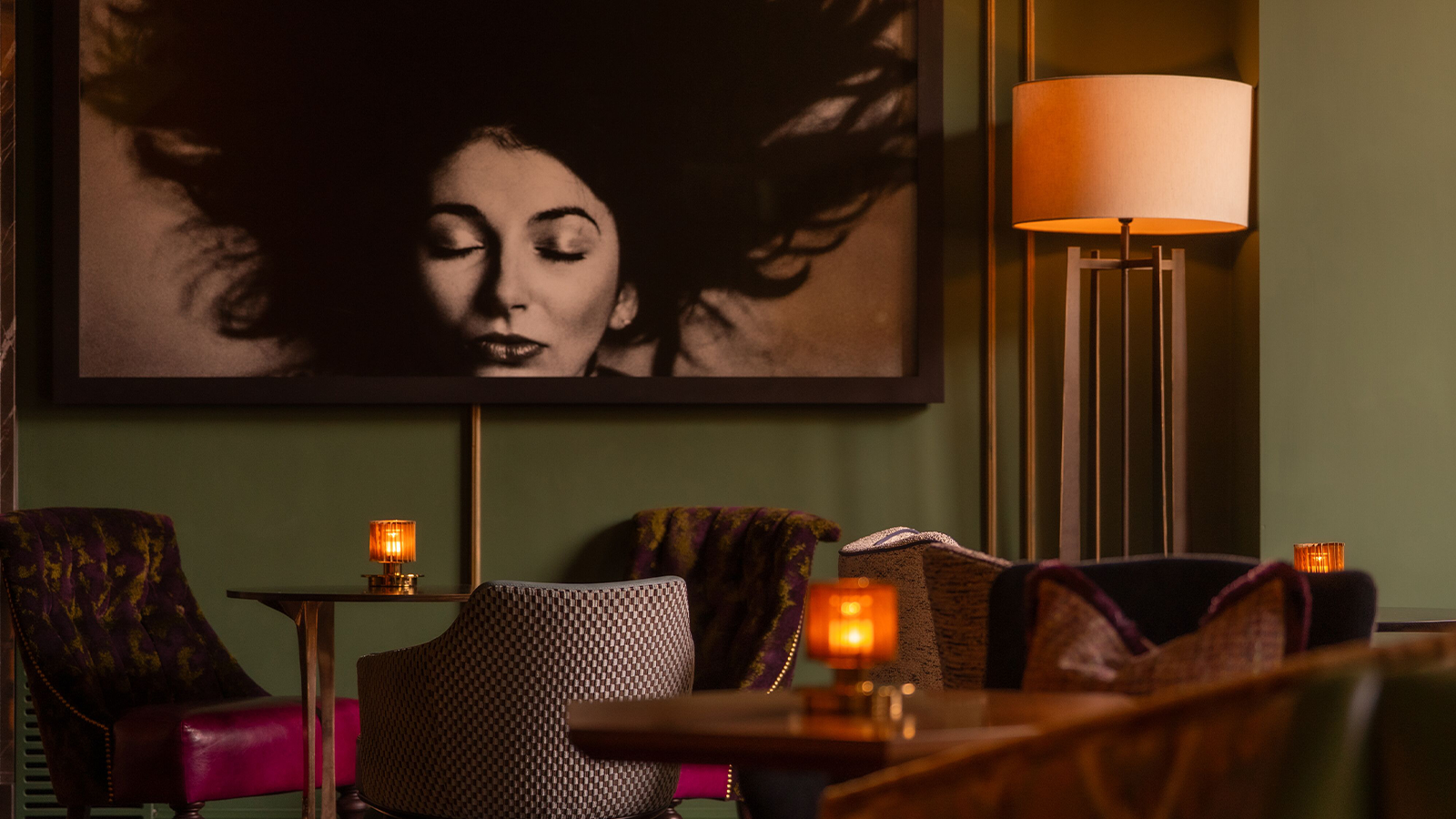 An around-the-world art tour with Rosewood
An around-the-world art tour with RosewoodFrom London to New York, Amsterdam and São Paulo, the hotel group showcases curated art that reflect the unique local context
-
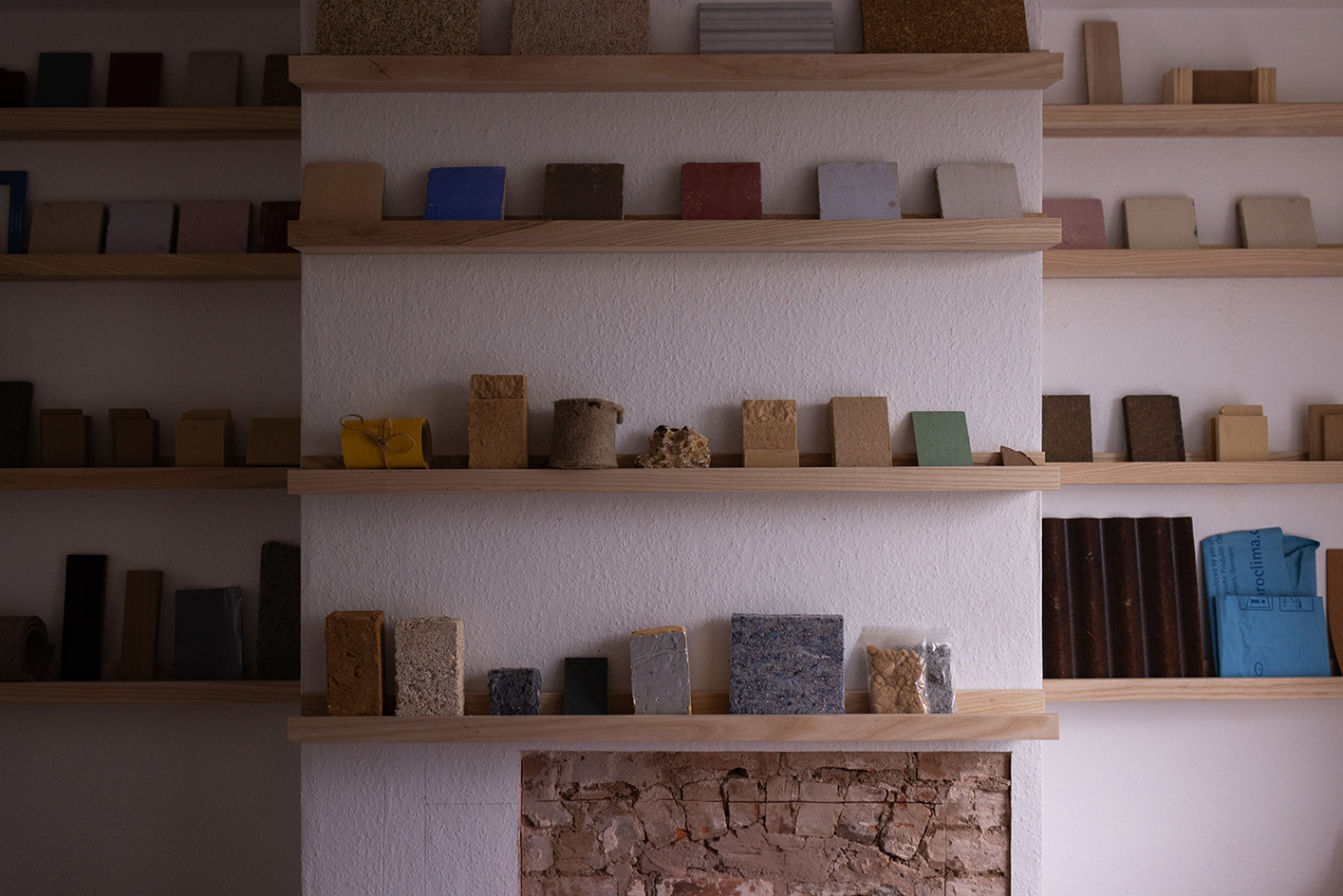 Take a tour of Retrofit House, the live showcase inspiring sustainable homebuilding
Take a tour of Retrofit House, the live showcase inspiring sustainable homebuildingRetrofit House, a showcase for residential redesign using biomaterials and environmentally smart methods, opens in Birmingham, UK, spearheaded by Civic Square, Dark Matter Labs and Material Cultures; we paid it a visit
-
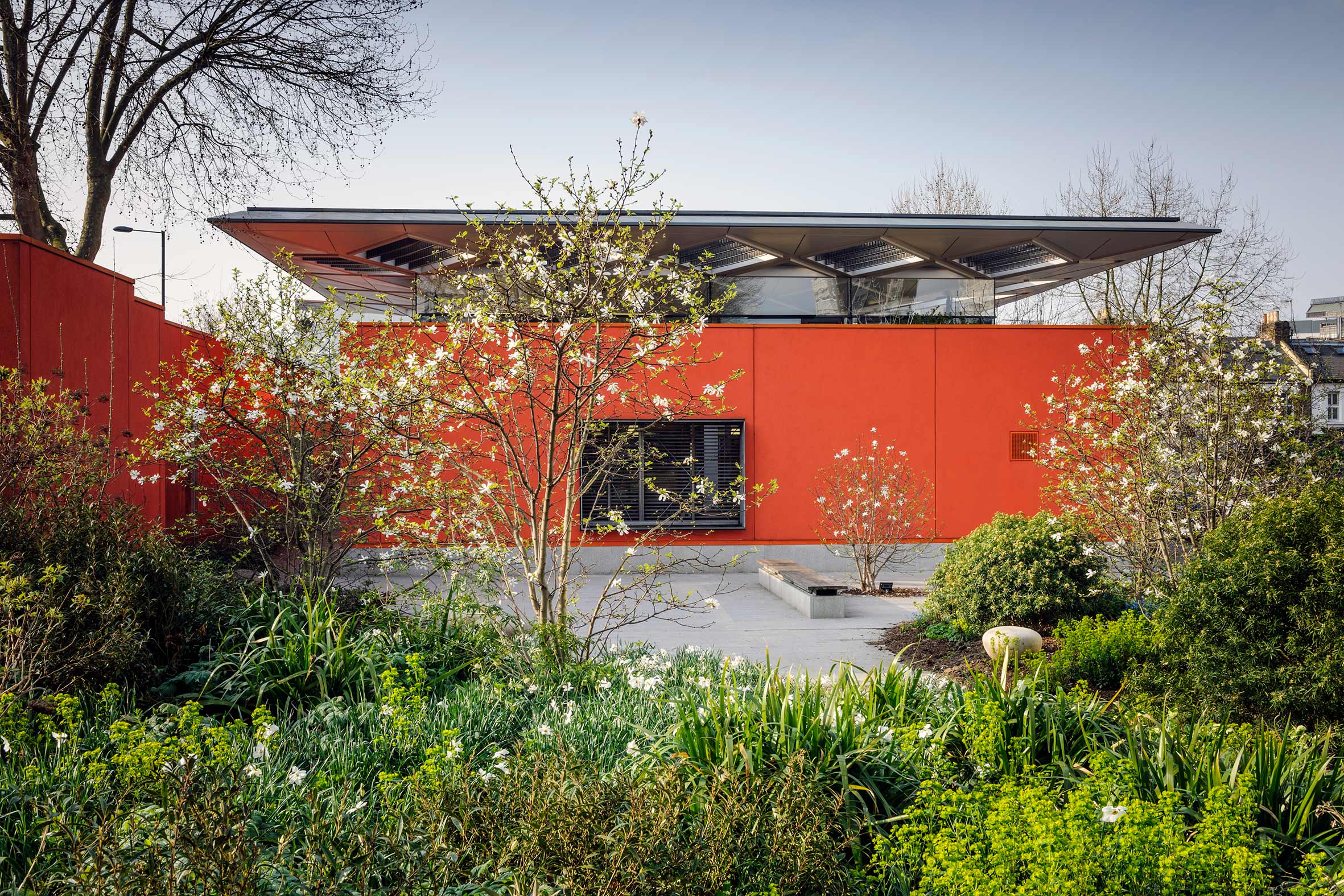 How Maggie’s is redefining cancer care through gardens designed for healing, soothing and liberating
How Maggie’s is redefining cancer care through gardens designed for healing, soothing and liberatingCancer support charity Maggie’s has worked with some of garden design’s most celebrated figures; as it turns 30 next year, advancing upon its goal of ‘30 centres by 30’, we look at the integral role Maggie’s gardens play in nurturing and supporting its users
-
 Futuristic-feeling Southwark Tube Station has been granted Grade II-listed status
Futuristic-feeling Southwark Tube Station has been granted Grade II-listed statusCelebrated as an iconic piece of late 20th-century design, the station has been added to England’s National Heritage List
-
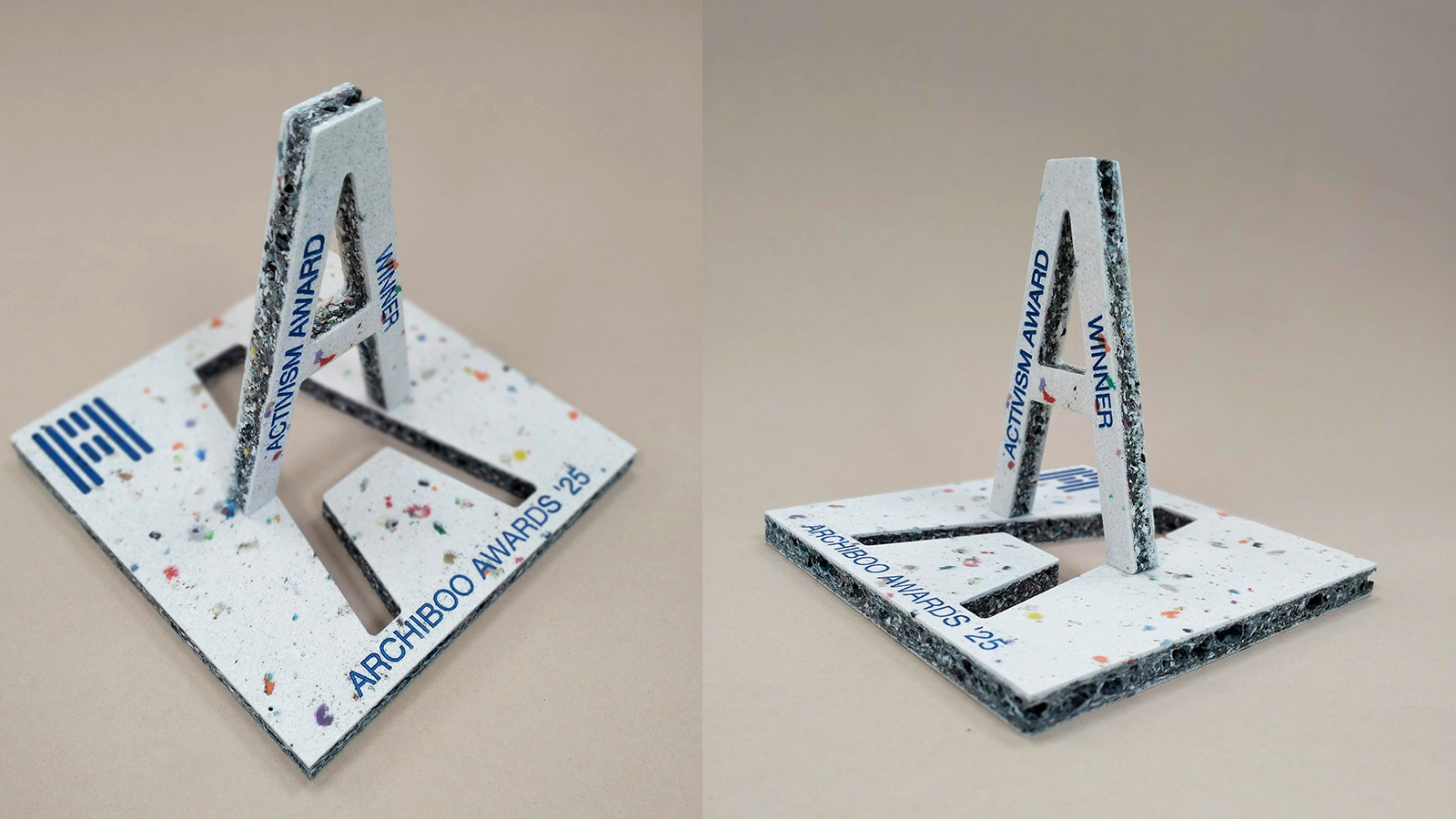 Archiboo Awards 2025 revealed, including prizes for architecture activism and use of AI
Archiboo Awards 2025 revealed, including prizes for architecture activism and use of AIArchiboo Awards 2025 are announced, highlighting Narrative Practice as winners of the Activism in architecture category this year, among several other accolades
-
 Backstage at the Old Vic is all about light, theatre and sustainable action
Backstage at the Old Vic is all about light, theatre and sustainable actionThe theatre's new creative hub by Haworth Tompkins has completed, bringing a distinctly contemporary and colourful addition to the popular theatre space in South London
-
 Tempted to try building with stone? This project will convince you of its merits
Tempted to try building with stone? This project will convince you of its meritsWelcome to the Future Observatory's The Stone Demonstrator, a project conceived to show off the material's strong points, now on display in West London
-
 Step inside this Clerkenwell Rooftop, transformed into a minimalist urban abode
Step inside this Clerkenwell Rooftop, transformed into a minimalist urban abodeA Clerkenwell Rooftop has been transformed by Studio Felicity Bell into a minimalist modern home, featuring airy interiors and long views of London
-
 Richard Seifert's London: 'Urban, modern and bombastically brutalist'
Richard Seifert's London: 'Urban, modern and bombastically brutalist'London is full of Richard Seifert buildings, sprinkled with the 20th-century architect's magic and uncompromising style; here, we explore his prolific and, at times, controversial career